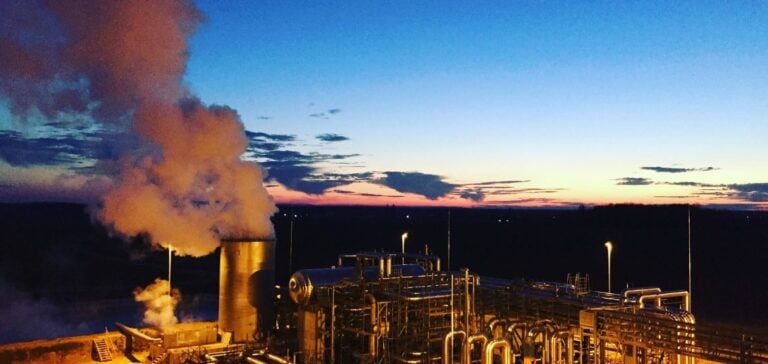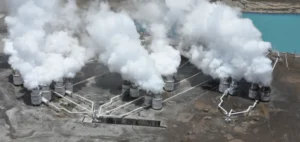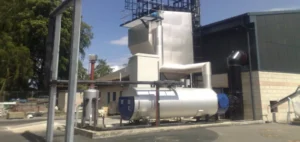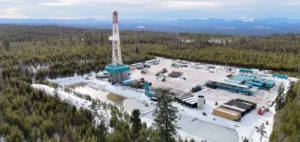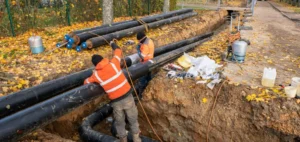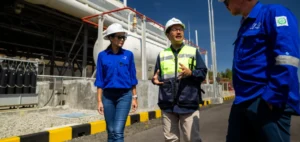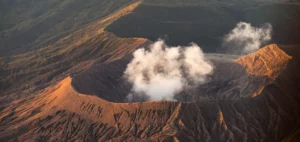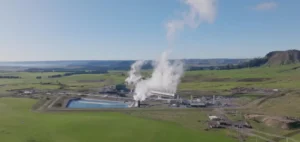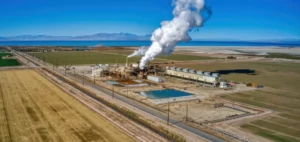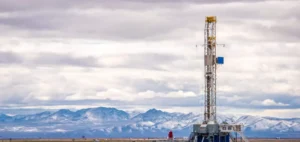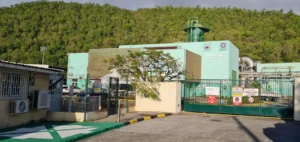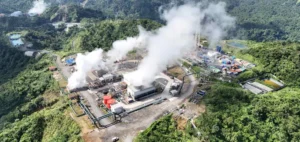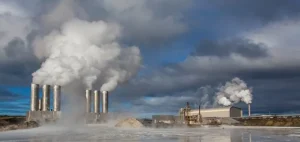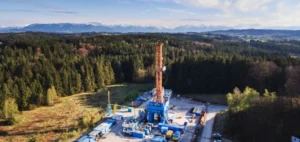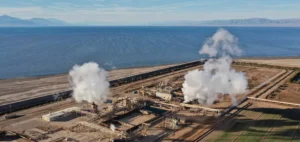Project Red, a geothermal installation in the Nevada desert, is breaking new ground by pumping water thousands of feet underground, harnessing the heat of the rocks to generate electricity. Since last November, this carbon-free energy has been integrated into the local power grid, marking a significant step forward for geothermal technology.
Technology and challenges
Historically, the exploitation of geothermal energy has been confined to volcanic regions such as Iceland. However, thanks to technical advances borrowed from oil and gas extraction, new-generation geothermal systems like Project Red are overcoming costly and complex challenges, such as the risk of triggering earthquakes.
Advantages of continuous geothermal energy
Geothermal energy offers a reliable alternative to intermittent sources such as solar and wind power. It could play a crucial role in the transition to a fossil fuel-free energy system, offering a continuous and stable source of energy.
The transformative potential of EGS
Enhanced Geothermal Systems (EGS) represent a major innovation for harnessing the earth’s heat under less ideal geological conditions. Advanced drilling and fracturing techniques have reduced costs and increased efficiency, paving the way for wider adoption of this technology.
A turning point for the geothermal sector
With new initiatives and funding, such as the $60 million allocated by the U.S. Department of Energy for demonstration projects, the geothermal sector could see its installed capacity in the U.S. reach 60 gigawatts by 2050, significantly transforming the American energy landscape.
Project Red illustrates the renewed interest in geothermal energy, with promising advances that could make this clean energy source a central pillar of the global energy transition.


